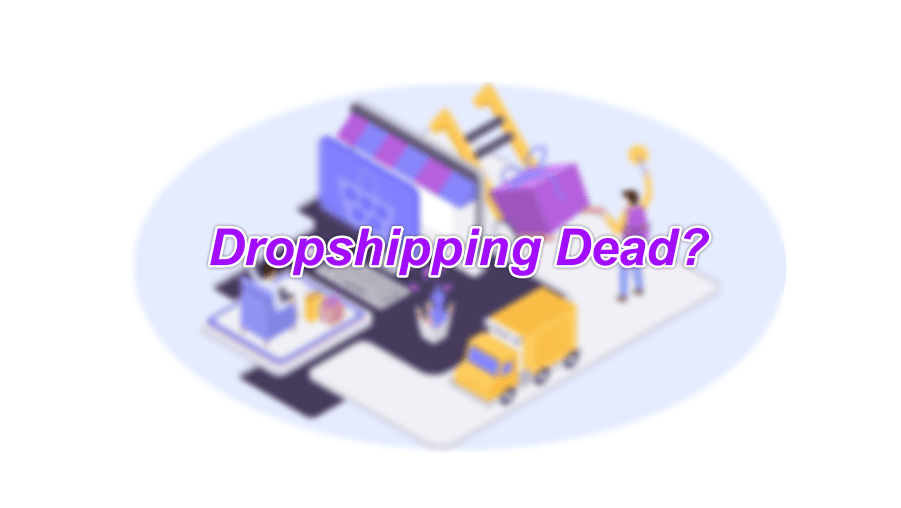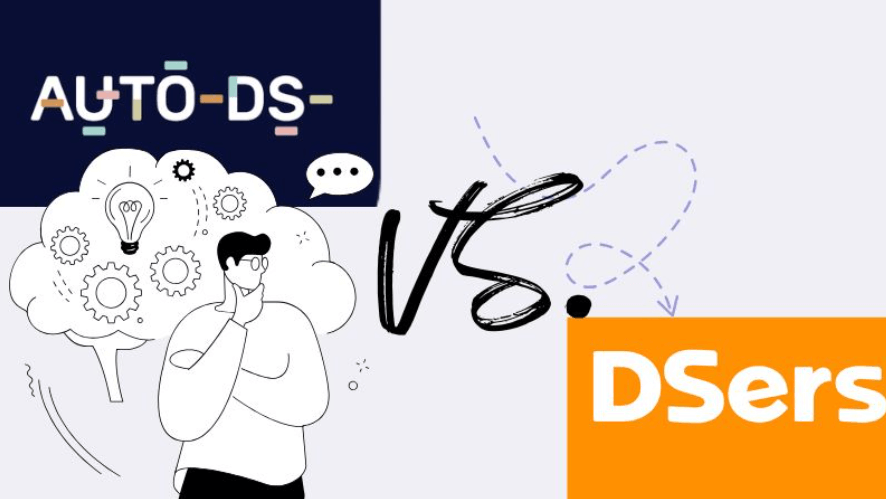Some would have you think that dropshipping is a get-rich-quick scheme, but real-world examples show that you are more likely to become jobless quickly. So, which one is it? Do the dangers of dropshipping outweight the benefits? And, if so, are they avoidable?
What is dropshipping?
Dropshipping is an online business strategy in which the seller does not keep or ship their goods, but rather the manufacturer or supplier does. To put it another way, you sell the goods online, and the provider delivers them. The seller is paid less yet does less labor.
Is it legal to dropship?
Dropshipping is, in fact, legal. Many dropshipping tools may assist you in locating dropshipping providers. However, one kind of dropshipping arbitrage is prohibited on certain large channels (see danger # 4).
Is dropshipping a lucrative business?
Dropshipping may be lucrative if done properly. In contrast to other eCommerce techniques, effective dropshipping requires strong marketing and branding in addition to product design. Dropshipping merchants, on the other hand, are only paid a commission on each sale, so you’ll have to sell more goods to earn the same amount as traditional internet vendors.
What are the risks of dropshipping?
If you’re new to dropshipping or unsure if it’s suitable for you, we wanted to give you a heads-up on what to anticipate. Here are the five greatest and most frequent dangers associated with dropshipping, as well as how to successfully prevent them.
Dropshipping Risk #1: Scammy Suppliers
Dropshipping merchants are inextricably linked to their suppliers; they are more akin to equal partners than a B2B service. Shipping, punctuality, and product quality are all so important in eCommerce that even if the merchant does everything perfectly, the company will collapse unless the supplier lives up to their part of the bargain.
Unfortunately, there are a number of imposters that prey on novice sellers. This is one of the first barriers to entry into dropshipping, as well as one of the most dangerous.
How to Stay the Hell Away From It?
To begin, don’t simply work with any old provider you discover on Google. Sticking to tried-and-true techniques of selecting a dropshipping provider will lower the danger right away.
However, this is not a failsafe method, and there are fraudsters everywhere. Train yourself to recognize the following red signs of fake suppliers:
- Subscription fees are being requested.
- Communication is slow.
- They operate a retail store in addition to dropshipping.
- They need large orders to be placed in advance.
Remember, if a supplier seems suspect, you don’t have to deal with them – there are lots of other dropshipping providers to select from, so get one with whom you feel comfortable. You want to enhance contact with suppliers as much as possible since your achievements are reciprocal.
You should also sign a Dropshipping Agreement contract to protect yourself from your supplier’s activities. If your supplier is engaging in dubious behavior, you may be involved unless you take legal precautions.
Dropshipping Danger #2: Expensive Fulfillment Mistakes
One of the most appealing aspects of dropshipping is the ability to outsource fulfillment logistics one less thing for merchants to worry about. The drawback is that you have no control over the supply chain. Though fulfillment mistakes occur, such as overselling or out-of-date stock levels, the merchant is often held liable, even when the supplier is at fault.
What You Can Do to Avoid It?
Dropshipping application likeDropshipmanworks just as effectively with dropshippers as it does with your own warehouse. They can handle all of your marketplace channels, and if you sell on one, the stock levels on the others are immediately updated. If the provider sells out, the program removes the listing even if the seller fails to notify you.
Dropshipping Risk #3: Low-Profit Margins
Dropshipping sellers, as previously said, earn less profit on each sale since they perform fewer labour tasks. The competitive price of dropshipped products, on the other hand, aggravates the situation.
Most dropshipping suppliers deal with several merchants, which means that other online shops are selling the same products as you. Aside from branding and marketing, the only way to differentiate yourself from other dropshippers is to sell the goods at a cheaper price, but this means you’ll earn even less money.
What You Can Do to Avoid It?
The most straightforward approach to minimising this risk is to offer only goods with a Minimum Advertised Price (MAP). A supplier may use a MAP for their goods to protect themselves from rival retailers undercutting their pricing to death. If you exclusively sell goods with a MAP, you will never have to worry about a price war reducing your commission.
However, you will still need to sell more in order to earn the same amount as conventional internet shops. To enhance consumer interaction while dropshipping, it is advised to target particular niches. The following are some popular dropshipping niches:
- Pet supplies
- Cosmetic
- Electronic gadgets
- Fashion apparel,
- Home Decoration
Of course, there are other factors to consider while determining the best goods to dropship. Consider the most popular eCommerce categories right now and see if you can discover dropshipping goods that fit.
Dropshipping Risk #4: Arbitrage Bans
Retail arbitrage is a perfectly acceptable eCommerce business on its own the seller buys retail products at a discount from shops and sells them online at market price, pocketing the gains. However, merchants have begun to use this concept for dropshipping, in which they buy goods from a secondary online shop in order to fulfill orders placed on their own online site. Some large markets are concerned about this behavior.
What You Can Do to Avoid It?
Because Amazon and eBay both prohibit dropshipping arbitrage, the only way to avoid this danger is to avoid doing it via those channels. In their user agreements, both of these marketplaces state that reselling goods is not allowed.
Dropshipping Danger #5: Being Overwhelmed
Dropshipping is not as easy as it appears we cannot stress this enough! You can’t kick your shoes off simply because you don’t have to worry about shipment or storage.
Dropshipping success is dependent on your marketing efforts, which include branding, advertising, social media, content strategy, consumer interaction, product selection, pricing, and more. Monitoring and keeping on top of all of these efforts require consistent effort, particularly given that you must sell more in order to earn a higher commission.
What You Can Do to Avoid It?
Dropshipping automation tools, such as product tracking software, may help you combine your campaigns while also automating some of the tedious labor. You can manage all of your sales channels from a single dashboard, monitor individual shipments, and auto-route sales orders to the appropriate suppliers, in addition to other automated services such as maintaining stock levels across all channels. Dropshipman is the all-in-one solution that helps you prevent the risks from #1 to #5.
Conclusion
In fact, dropshipping is legal and a great opportunity for aspiring entrepreneurs. By following regulations, choosing reliable suppliers, and maintaining clear communication, you can build a successful dropshipping business. Embrace this model and watch your business thrive.




